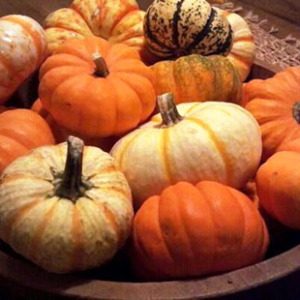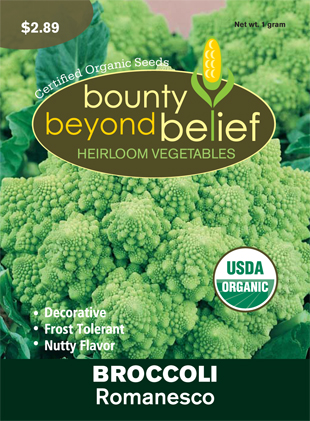Cool Off Fast! – Agua Fresca
Agua Fresca Recipe
by Sandy Swegel
My basic remedy for hot July days is to bend over and run the hose over my head, but a more attractive and effective way to cool off is to make an Agua Fresca (refreshing water), the great fruit or vegetable drink of Mexico and other southern regions. I’ve been making Agua Frescas all weekend.
The Agua Fresca I first enjoyed from my friend Alfredo’s family was cucumber and lime juice. Then one day we had watermelon Agua Fresca and I was in heaven. Both were very cooling and refreshing. What intrigued me most is that these were two of the foods my acupuncturist recommended to me. TCM (Traditional Chinese Medicine) has diagnoses of “heat” in the body. I often get this diagnosis and my doctor suggests three vegetables/fruits that are especially cooling to the body from a TCM energetic point of view…not just temperature: Cucumber, celery and watermelon. Turns out that ancient wisdom from TCM is the same as ancient wisdom from Mexican families. “Gotta love it” as a friend says.
There are lots of recipes on the web, but the concept is simple:
Blender 6 cups water 1 pound of Fruit or vegetable: cucumber, watermelon are traditional. Also try melon, raspberries, strawberries, celery, herbs like lemon balm or basil or mint. Sugar (to taste) 1/4 to 1/2 cup. Lime to taste. Run the blender to pulverize the vegetables or fruit and lime. Strain if needed. Pour over ice cubes and add mint or cucumber slice or lime slice garnish.
Variations: Slushy: Use only half the water. Run the blender a second time filled with ice cubes to get a slushy drink. Sorbet: Make an agua fresca and put it in the ice cream maker for 20 minutes to make sorbet. Alcohol: Rum, tequila or vodka added make excellent drinks or sorbets!
Stay Cool and Be Happy.
Photo credits:
http://www.williams-sonoma.com/recipe/raspberry-mint-agua-fresca.html



